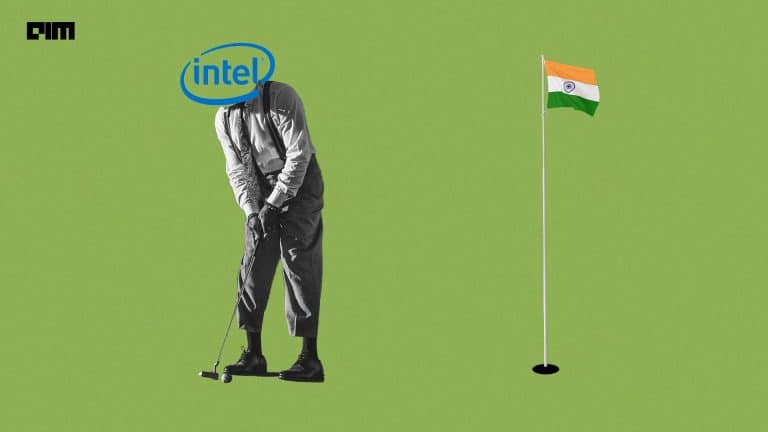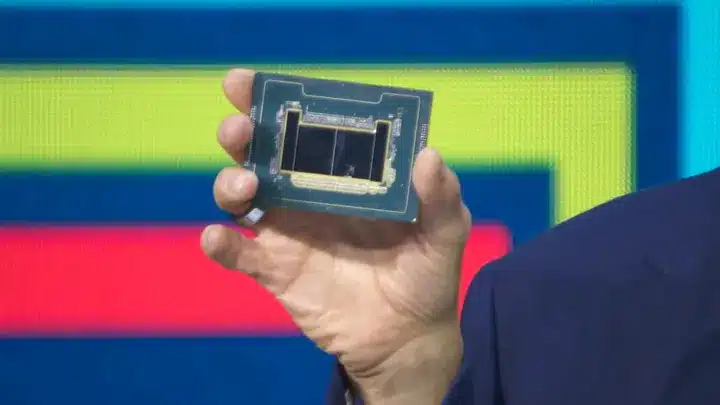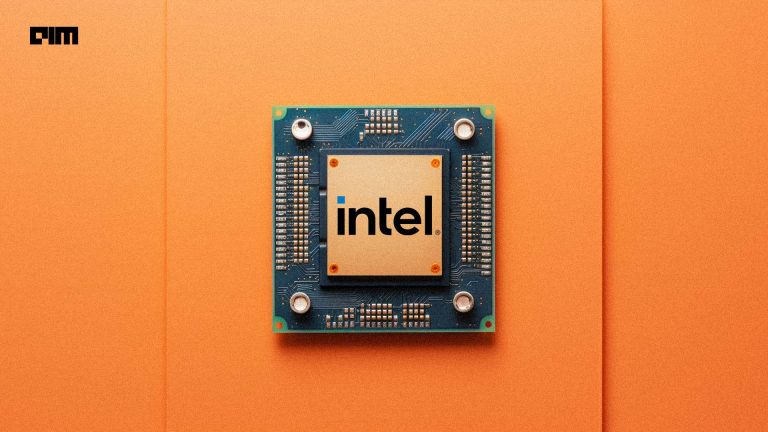The COVID-19 pandemic has short-circuited the semiconductor industry. With the chip crisis looming large, companies are scrambling for solutions to plug the supply-demand gap. Intel recently committed $3.5 billion for its Rio Rancho plant in New Mexico. The chip giant believes the investment will help mitigate the chip crisis and create 700 jobs in the next three years, along with 1,000 construction jobs.
According to the reports, the local plant will be the manufacturing hub for Intel’s ‘Foveros’ packing technology. This new 3D stacking technology enables Intel to vertically stack functions in its processors instead of side-by-side.
After establishing the Rio Rancho plant in 1980, Intel had invested more than $16 billion in it over the years. However, the new pledge is the most significant investment Intel has made in a decade. Intel currently develops and manufactures its next-generation Optane memory technology as well as its embedded multi-die interconnect bridge (EMIB) and silicon photonics technologies at Rio Ranch fab.
According to Governor Michelle Lujan Grisham, the investment could establish Rio Rancho as the company’s domestic hub for semiconductor manufacturing. The 40-year-old partnership between Intel and the state would help meet the global technological demand and assist in economic development.
The 350,000-square-foot facility will be upgraded to increase manufacturing capacity for the Foveros technology. It is a smart move from Intel, considering that the new technology will lower the manufacturing cost and reduce energy consumption. Even though stacking is standard in chip manufacturing, it usually involves a memory package on top of the processors, leading to limited connections and performance. Foveros, on the other hand, enables more interconnections at high speed with the use of etched silicon. This new chip stacking technology could give intel a massive advantage in the chip manufacturing industry.
Last year Intel used 3D stacking and a hybrid computing architecture to create its first product, Lakefield. Leveraging Intel’s 10nm process technology and Tremont microprocessors, Lakefield increased PC flexibility for OEMs and offered uncompromised Windows 10 experiences. According to Intel spokesperson Linda Qian, following the upgrade of the Rio Rancho facility, Lakefield and other advanced semiconductor devices could be manufactured using Foveros at the facility.
“We’re not making basic chips, or computer processing units, in New Mexico anymore,” Qian said. “We’re making new, differentiating technologies that from the big-picture standpoint set us apart in the development of packaging, connectivity and even software breakthroughs that help drive new advancements in the company.”
This investment has the potential to shape intel’s future in the semiconductor industry. Most of the world’s semiconductor production takes place in Asia. Intel is the only manufacturer at the moment that produces chips in the United States. That said, the US and Europe are considering options other than Asia for semiconductor manufacturing. Earlier. Intel made a bid to overcome the chip shortage issue seeking eight billion euros in public subsidies toward building a semiconductor factory in Europe.
Arm’s race
While Intel remains profitable with projects already in motion, it still faces tough competition from several players. For example, Samsung, the South Korean giant, is expected to take over Intel again as the largest semiconductor supplier in 2021. Other chipmakers like Taiwan Semiconductor Manufacturing Co. (TMC), a supplier to Apple Inc, plans to spend $100 billion to expand its chip fabrication capacity over the next three years. Semiconductor manufacturers like Amkor and phoenix based ON semiconductor have cashed in on the Global chip shortage.
Even though Intel’s $3.5 billion investment in its chip stacking capability may improve its market position, it’s hard to predict how it will fare as rivals gear up to take advantage of the chip crunch.



















































































